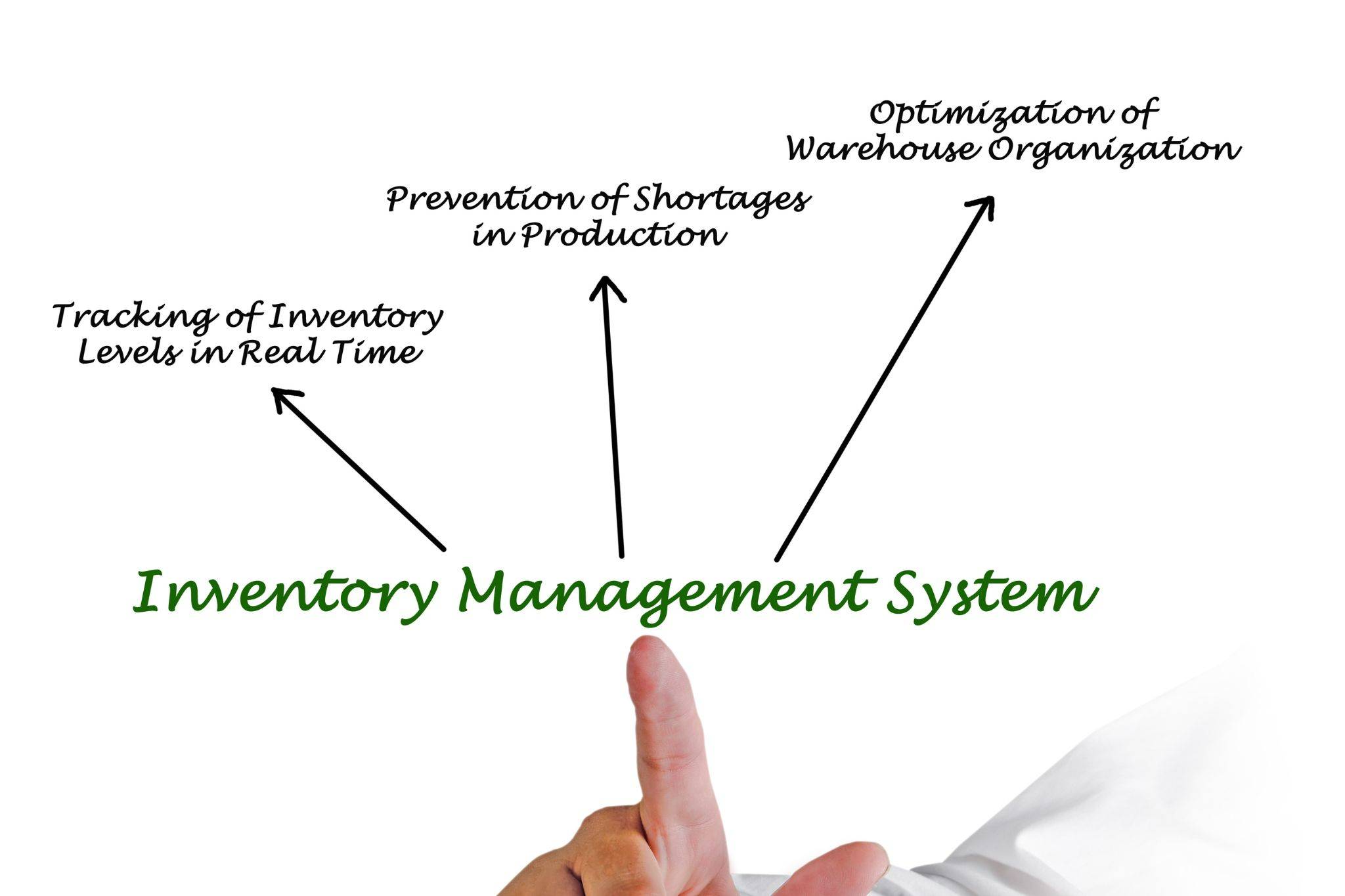
For eCommerce businesses, inventory management is essential to maintaining a profitable operation. Poor inventory management can lead to stockouts, lost sales, and unhappy customers. On the other hand, efficient inventory management can help you save money, improve customer satisfaction, and boost your bottom line.
In this blog post, we’ll take a look at five essential inventory management methods for eCommerce businesses. By implementing these methods, you can streamline your inventory process, avoid stockouts, and keep your customers happy.
1. Automate Where You Can
Inventory management can be a time-consuming and tedious task. Fortunately, there are many software solutions available that can automate various aspects of the process. From tracking incoming shipments to monitoring stock levels and reordering products, automating as much as possible will free up time so you can focus on other areas of your business.
2. Keep Accurate Records
maintaining accurate records is crucial for effective inventory management. You need to know what products you have in stock, where they are located, how much you paid for them, and when they need to be restocked. Without accurate records, it will be difficult to keep track of your inventory and make sound decisions about your stock levels.
There are many ways to keep track of your inventory data. Many businesses use spreadsheet software like Microsoft Excel to maintain their records. Others use specialized inventory management software solutions. Whichever method you choose, make sure that your records are always up-to-date and accurate.
3. Conduct Regular Inventory Counts
Most businesses conduct physical inventory counts on a quarterly or annual basis. However, if you want to have a more accurate picture of your true stock levels, you should consider conducting physical counts more often. At a minimum, you should conduct spot checks of your inventory on a monthly basis. This will help you identify discrepancies between your records and actual stock levels so you can make necessary adjustments.
4. Implement Barcodes or RFID Tags
Barcodes and RFID tags can be used to track individual items throughout the inventory lifecycle—from the moment they’re received into stock until they’re sold to the customer. This information can then be used to generate reports that provide insights into your sales patterns and stock levels. This information can be extremely valuable for making informed decisions about our inventory strategy.
5 . Review Your Data Regularly
maintaining accurate records is only half the battle—you also need to review this data regularly to identify patterns and trends. This information can then be used to make adjustments to your operations in order to improve efficiency and profitability. For example, if you notice that certain products are selling faster than others, you may want to increase production or rethink your pricing strategy. Or, if you see that certain products are sitting in inventory for extended periods of time, you may want to offer promotions or markdowns in order to clear out this excess stock.
In conclusion, eCommerce businesses need to implement efficient inventory management practices in order to succeed. By automating where possible, keeping accurate records, conducting regular inventories, implementing barcodes or RFID tags, and reviewing data regularly, you can improve visibility into your stock levels, boost efficiency, and avoid costly stock-outs. Do you have any other tips for effective inventory management? Share them in the comments below!



